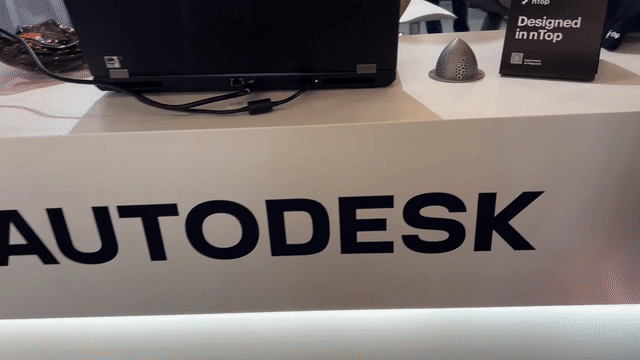CAD won. Engineers lost.
Written by Bradley Rothenberg | CEO and Founder at nTop
Published on November 18, 2021
A new approach for computers to actually help solve engineering problems, not just to make better drawings.
In the early 1980s, CAD was fighting an uphill battle.
Engineering had made huge advances in the early 20th century -- advances enabled by the slide rule and scores of drafting tables, staffed by thousands of design engineers. But as mini-computers proliferated throughout the industry, small groups of visionaries came to realize that the primitive drawing programs of the day could make design engineering much more efficient.
Fast forward to today, and CAD software is ubiquitous.
Nearly every manufactured product — from your phone, your car, the disposable coffee cup you drank from — was modeled in CAD. Many of these were designed in those same systems from the 1980s, all based on the same core tech: the boundary representation (BREP).
CAD is standard software in product development. CAD won.

Excerpt from UNIGRAPHICS: The Total Solutions (1978).
But from the start, CAD was aimed at documenting a design rather than solving engineering problems.
The CAD revolution was predicated on the need to streamline change orders and speed up the drafting process; capturing design requirements and converging on a solution was simply out of scope.
For decades, the industry has applied band-aids on top of CAD to better fit the engineering process, but it’s building on the wrong core architecture and on assumptions made decades ago. Instead of the tools helping engineers solve engineering problems, engineers are forced into solving the same, tired problem of how to model something in CAD.
Engineering time is better spent solving engineering problems.
From day one, we built nTop to solve engineering problems. We are standing on the shoulders of the CAD giants, of course, but we do things differently starting from the underlying tech. nTop is built on an entirely new core architecture. In a lot of ways the details don’t really matter, but there are three technologies that allow nTop to better solve engineering problems:
- Implicits allow you to represent and model any shape regardless of its complexity
- Fields allow you to feed in engineering requirements and performance characteristics and use them to drive the design
- Blocks allow you to define and use performance requirements directly to solve an engineering problem
Of course, we think deeply about our tech every day, but what’s important is that together these technologies let you capture an engineering problem and find an innovative solution.
Engineering is a search process — one that should to be efficient but more importantly effective and, hopefully even a little delightful. You have some constraints that define a space of feasible designs, and you explore the space looking for good solutions. The faster and easier it is to explore this space, the better solution you can get to.
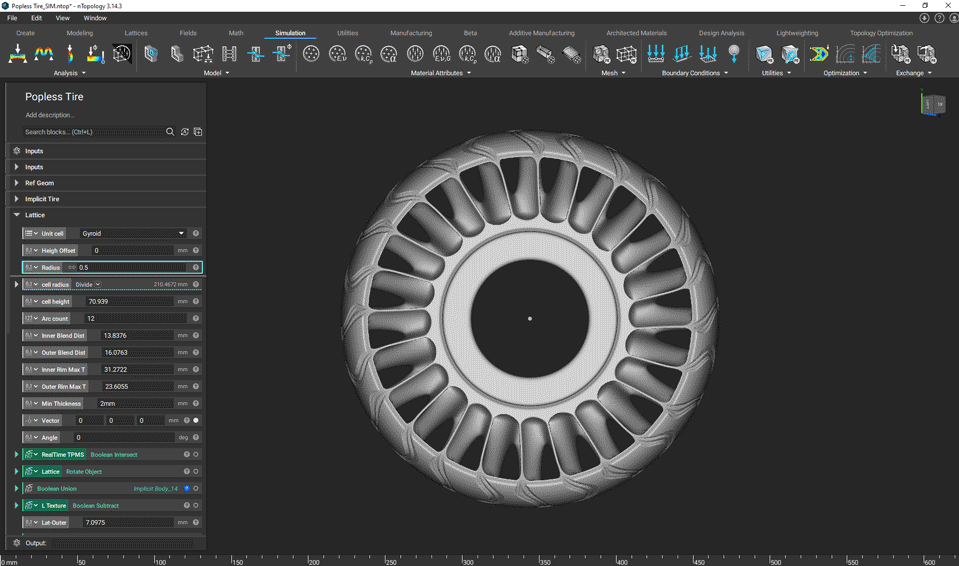
Real-time exploration of an airless tire design space.
I fell in love with CAD for its ability to model simple things easily - and then found myself struggling to make it do things that I now recognize it was never intended to do.
But what drives us most isn't intricate designs or extraordinarily complex parts - it's making engineering better. Seeing engineers frustrated in CAD is one of the main reasons our company exists.
Today, we find ourselves in a similar situation as CAD was in the early 80s.
We know that nTop allows engineers to create designs that were previously impossible - we see this from our customers every day. But we also know that nTop can enable much deeper changes in the way engineering is done.
So while we hope that nTop will win just as CAD did before it, we also hope that engineers win this time, too. You’ve waited long enough.
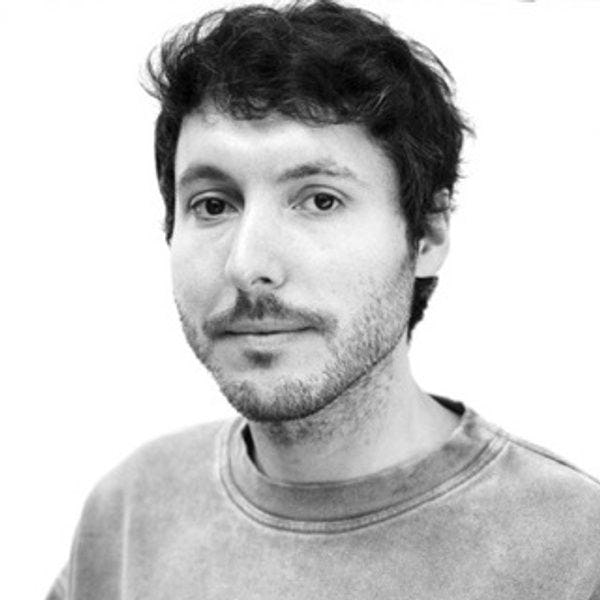
Bradley Rothenberg
CEO and Founder at nTop
Bradley Rothenberg is the CEO and founder of nTop, an engineering design software company based in New York City. Since its founding in 2015, nTop has served the aerospace, automotive, medical, and consumer products industries with advanced engineering software that enables users to design, test, and iterate faster on highly complex parts for production with additive manufacturing. Bradley has been developing computational design tools for additive manufacturing for more than 15 years. He actively works to advance the industry, often speaking at industry events around the world including Develop3DLive, Talk3D and formnext. He is often quoted in trade publications, interviewed on industry podcasts, and has been included in Forbes Magazine. He studied architecture at Pratt Institute in Brooklyn, New York.
Related content
- VIDEO
Five ways to lightweight in nTop
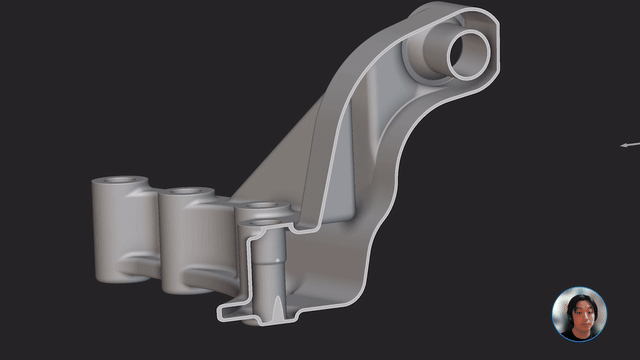
- VIDEO
Topology Optimization Design for Cast and Injection-Molded Parts
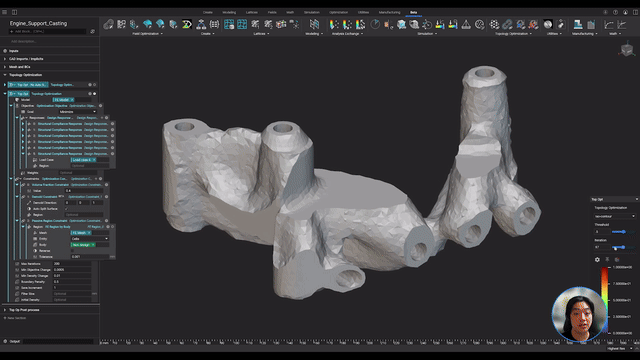
- VIDEO
Lightweighting an impeller for additive manufacturing
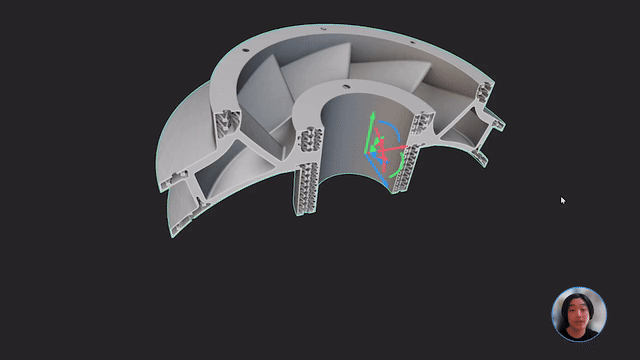
- GUIDE
Download: Advanced design software and additive manufacturing for personalized implants
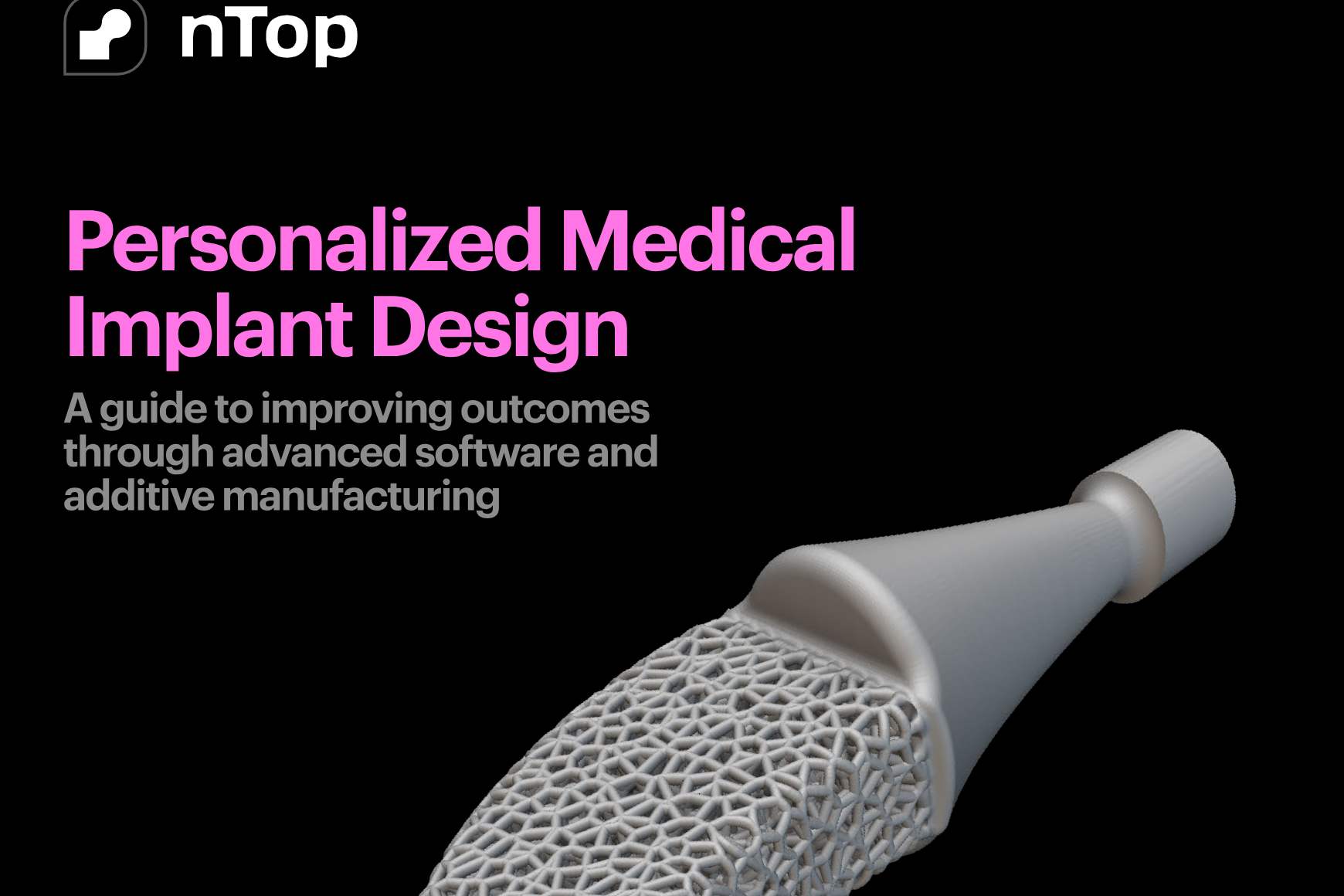
- VIDEO
Sneak peek into the nTop + Autodesk Fusion 360 integration
